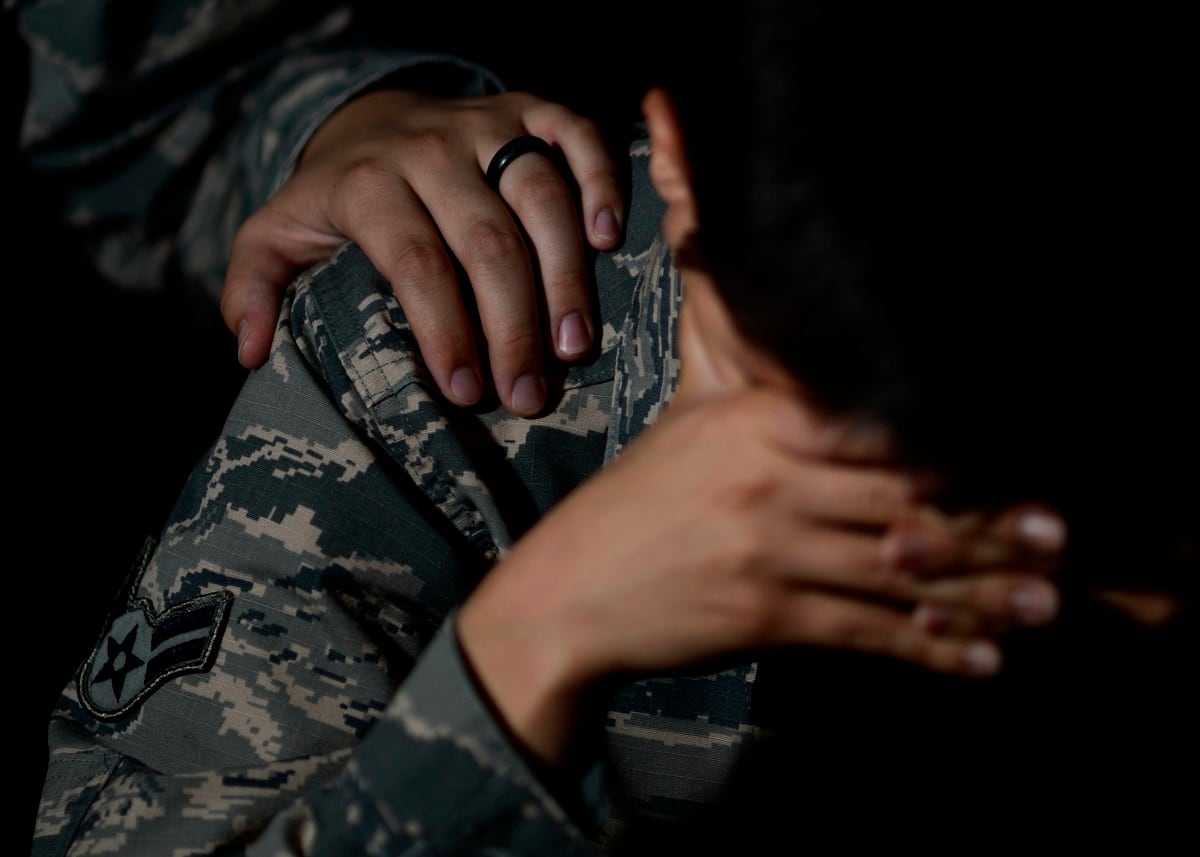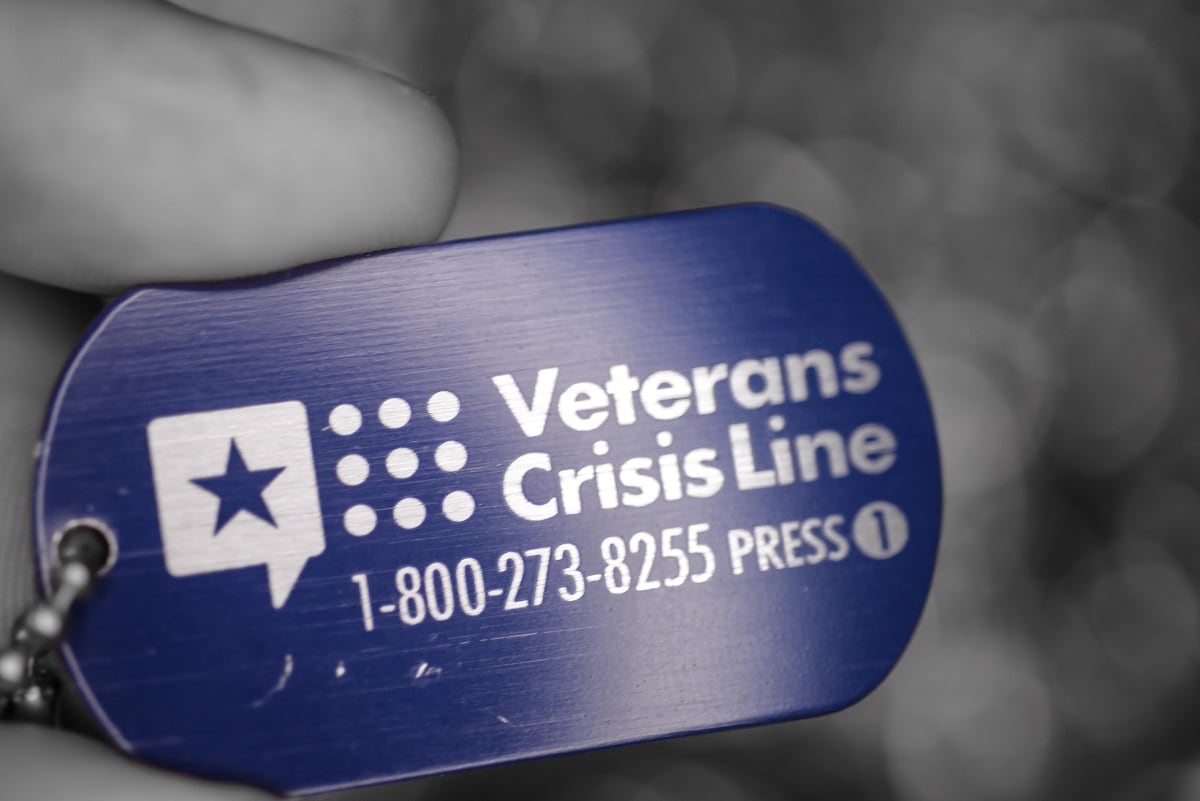WASHINGTON — Veterans Affairs officials are walking back a new suicide study which appeared to show thousands of unreported military deaths in recent years, saying differences among classifications of service members led to confusion in the statistics.
At issue is an update last week to VA’s annual National Suicide Data Report, a massive collaboration between the department, defense researchers and census analysts which has found that roughly 20 veterans a day take their own lives. That figure has held steady from 2008 to 2015, the latest year data is available.
But for the first time, this year’s update to the report breaks down those figures into veterans receiving VA health care (about six individuals a day), veterans not using the department’s health services (11 a day), and a group including active-duty troops, guardsmen and reservists (four a day).
That calculation would put the official Defense Department suicide total among troops at close to 1,400 for 2015, about 900 higher than what military officials had previously reported.
RELATED

Over a four-year span, the difference between the official defense figures and the newly released VA estimates tops more than 3,400 deaths.
Several news outlets noted the sudden data spike following the report’s release. On Monday, VA officials acknowledged that their military figures are misleading.
“In our report, VA did not differentiate deaths between active duty, current never federally activated Guard and Reserve, and discharged never federally activated Guard and Reserve,” said Dr. Keita Franklin, VA’s national director of suicide prevention.
“This difference in the report may have caused some confusion and led to the misperception that approximately 1,000 more current service members died by suicide than DoD reported in 2015.”
Franklin said including the breakdown in the report was designed to provide more information about the demographics of individuals who took their own lives. The updated report also contains new information on veterans’ era of service, ethnicity and comparison age groups in an effort to provide “more data points for us to look at.”
VA officials blamed the confusion on the troops’ suicide information on inconsistent definitions used in various agencies. Individuals who served in the guard or reserves and are considered “veterans” in census reports may not have been counted in the Defense Department statistics because of different mobilization authorities and state rules.
But the VA researchers are now emphasizing they have not found fault with official military suicide statistics, which have counted between 550 and 450 active-duty, guard and reserve suicides in each of the last five calendar years.
Franklin said to VA researchers, the data shows that the rate of suicides among former service members has remained steady at around 20 a day, and the rate among currently serving troops sits just above one person a day.
“And that shows we still have work to do,” she said.
Franklin said federal researchers are working to better align their definitions for the next release of the suicide report, which is due out this fall.
The report also shows that contrary to public perception, younger veterans are not the most likely to take their own lives. Veterans of the Iraq and Afghanistan War era made up about 17 percent of the veterans population in 2015 but only accounted for 11 percent of the suicide deaths.
Individuals who served in peacetime between major conflicts made up 21 percent of the national veterans population but one-third of all deaths by suicide in 2015.
Earlier this year, President Donald Trump signed an executive order mandating more targeted support services for veterans in their first year of separation from the military, citing research that shows those individuals are among the most vulnerable to depression and suicidal tendencies.
Both the Defense Department and VA have invested millions in suicide prevention efforts in recent years, including a dramatic expansion of crisis line services to help individuals in distress.
To contact the Veteran Crisis Line, callers can dial 1-800-273-8255 and select option 1 for a VA staffer. Veterans, troops or their families members can also text 838255 or visit VeteransCrisisLine.net for assistance.
Leo covers Congress, Veterans Affairs and the White House for Military Times. He has covered Washington, D.C. since 2004, focusing on military personnel and veterans policies. His work has earned numerous honors, including a 2009 Polk award, a 2010 National Headliner Award, the IAVA Leadership in Journalism award and the VFW News Media award.




